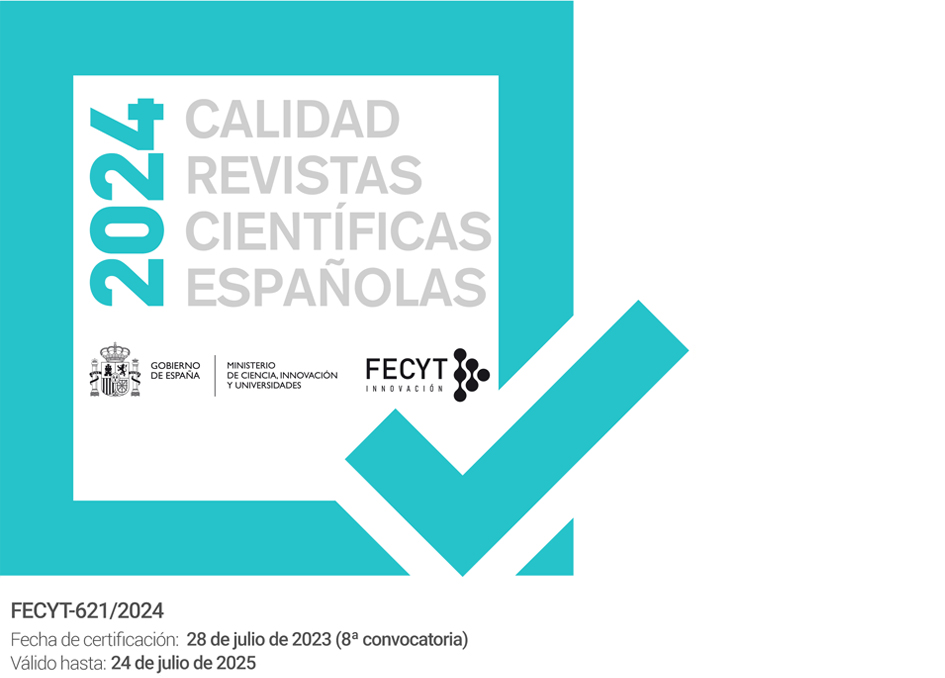Desmitificando el Dolor de Espalda
Resumen
El Dolor de Espalda es una afección frecuente en la sociedad actual que está en claro crecimiento debido a diversos factores. Puede llegar a ser muy limitante, pero en la mayoría de los casos se resuelve a corto plazo y rara vez existe una causa clara de su aparición. Es fundamental informar al paciente de manera correcta de su dolencia y desmentir ideas que se suelen difundir entre la población que favorecen el miedo y, a veces, el empeoramiento del problema. Que el paciente sepa acudir a un fisioterapeuta por iniciativa propia puede acelerar la recuperación y evitar la cronificación del dolor, lo que evitará el uso innecesario de medicación, pruebas de imagen y disminuirá el número de días de incapacidad. Este artículo tiene como meta informar sobre la evidencia científica más actual en problemas músculo-esqueléticos y dolor así como de algunas claves para saber manejarlo.
Descargas
Citas
2. Hartvigsen J, Hancock MJ, Kongsted A, Louw Q, Ferreira ML, Genevay S, et al. What low back pain is and why we need to pay attention. Lancet. 2018;6736(18).
3. O’Keeffe M, O’Sullivan K. All you ever wanted to know about back pain. Raidió Teilifís Éireann [Internet]. 2018; Available from: https://www.rte.ie/eile/brainstorm/2018/0130/937071-all-you-ever-wanted-to-know-about-back-pain/
4. O’Sullivan P, Caneiro JP, O’Keeffe M, O’Sullivan K. Unraveling the Complexity of Low Back Pain. J Orthop Sport Phys Ther [Internet]. 2016;46(11):932–7. Available from: http://www.jospt.org/doi/10.2519/jospt.2016.0609
5. O’Connell NE, Cook CE, Wand BM, Ward SP. Clinical guidelines for low back pain: A critical review of consensus and inconsistencies across three major guidelines. Best Pract Res Clin Rheumatol [Internet]. 2016;30(6):968–80. Available from: http://dx.doi.org/10.1016/j.berh.2017.05.001
6. Brinjikji W, Luetmer PH, Comstock B, Bresnahan BW, Chen LE, Deyo RA, et al. Systematic literature review of imaging features of spinal degeneration in asymptomatic populations. AJNR Am J Neuroradiol. 2015;36(4):811–6.
7. Butler D, Moseley L, Sunyata A. Explain Pain. 1o. Publications N, editor. Adelaide, Australia: NOI Group; 2010. 129 p.
8. Louw A, Nijs J, Puentedura EJ. A clinical perspective on a pain neuroscience education approach to manual therapy. J Man Manip Ther [Internet]. 2017;25(3):160–8. Available from: http://doi.org/10.1080/10669817.2017.1323699
9. Nijs J, Clark J, Malfliet A, Ickmans K, Voogt L, Don S, et al. In the spine or in the brain? Recent advances in pain neuroscience applied in the intervention for low back pain. 2017;
10. Dankaerts W, Sullivan PO, Burnett A, Straker L, Davey P, Gupta R. Discriminating Healthy Controls and Two Clinical Subgroups of Nonspecific Chronic Low Back Pain Patients Using Trunk Muscle Activation and Lumbosacral Kinematics of Postures and Movements A Statistical Classification Model. 2009;34(15):1610–8.
11. Toftgaard S, Dc C, Dc JH. Spinal Curves and Health: A Systematic Critical Review of the Epidemiological Literature Dealing With Associations Between Sagittal Spinal Curves and Health. J Manipulative Physiol Ther [Internet]. 2008; Available from: http://dx.doi.org/10.1016/j.jmpt.2008.10.004
Descargas
Publicado
Cómo citar
Número
Sección
Licencia
Aquellos autores/as que tengan publicaciones con esta revista, aceptan los términos siguientes:- Los autores/as conservarán sus derechos de autor y garantizarán a la revista el derecho de primera publicación de su obra, el cuál estará simultáneamente sujeto a la Licencia de reconocimiento de Creative Commons que permite a terceros compartir la obra siempre que se indique su autor y su primera publicación esta revista.
- Los autores/as podrán adoptar otros acuerdos de licencia no exclusiva de distribución de la versión de la obra publicada (p. ej.: depositarla en un archivo telemático institucional o publicarla en un volumen monográfico) siempre que se indique la publicación inicial en esta revista.
- Se permite y recomienda a los autores/as difundir su obra a través de Internet (p. ej.: en archivos telemáticos institucionales o en su página web) antes y durante el proceso de envío, lo cual puede producir intercambios interesantes y aumentar las citas de la obra publicada. (Véase El efecto del acceso abierto).



